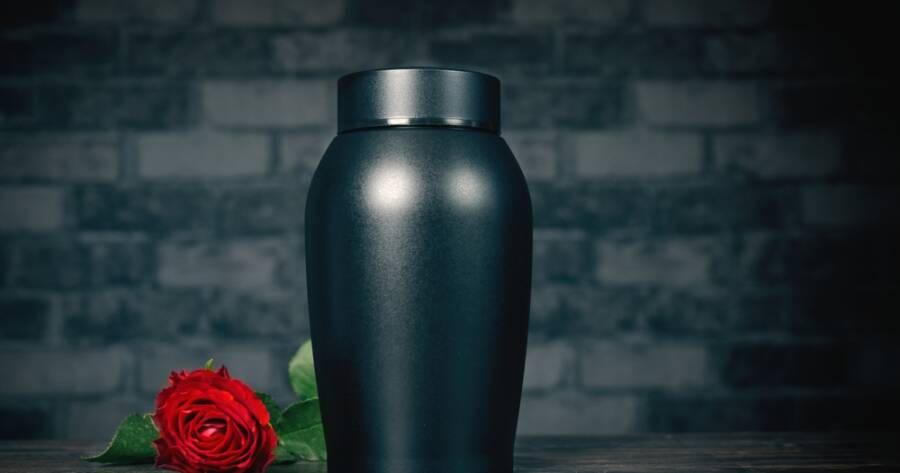Cremation is a common practice chosen by many families as an alternative to traditional burial. However, it can be surrounded by misconceptions and confusion about the process. Understanding what truly happens during cremation can offer peace of mind during a difficult time. From preparation to the final steps, cremation is a regulated and respectful process that turns a loved one’s remains into ashes. Explore what actually occurs when a body is cremated.
What Happens During the Ceremony?
The cremation process begins during the funeral ceremony when the body is prepared for cremation. First, the deceased is placed into a coffin, which is often made from wood, cardboard, or other materials suited for cremation.
The coffin is then placed onto a platform called a catafalque, where mourners can say their final goodbyes. Once the ceremony ends, the body is moved to the cremation chamber, commonly referred to as a cremator. The family can choose to witness this transition, though it’s typically not done in front of others.
The Cremation Chamber and the Process
After the coffin is placed in the cremator, it is subjected to extremely high heat, usually between 1,400 and 2,000 degrees Fahrenheit. This intense heat causes the body to break down, turning the soft tissues into gas and vapor, which is then filtered. The bones remain after the process is complete and are collected for further processing.
The body is left in the cremator for approximately one to two hours, depending on the size and weight of the individual. During this process, any medical implants, like pacemakers, are carefully removed before being cremated.
The Collection of Ashes and What Remains
Once the cremation process is completed, the body is reduced to bone fragments, which are collected. These bones are then placed into a specialized machine known as a cremulator, which crushes them into fine, powder-like ashes.
These ashes, also known as cremains, are then carefully packaged and returned to the family. The amount of ashes typically amounts to about 3 to 7 pounds, depending on the individual’s size. Many families choose to keep the ashes in an urn, but some may opt to scatter them in a meaningful location.
What Can and Can’t Be Cremated?
While the cremation process is designed to handle most materials, there are certain items that should not be included in the cremator. These items include liquids, batteries, rubber, and metals such as heavy plastics, glass, and items with electrical components like watches.
Additionally, medical implants like knee or hip replacements are removed before the body is cremated. These metals are typically recycled, and families can request the return of these materials. It’s important to discuss any items you’d like included or excluded with the funeral director beforehand to ensure everything goes as planned.
Environmental Considerations and Alternatives
Cremation, like many funeral practices, has an environmental impact due to the amount of energy used and the release of certain chemicals. However, cremation technology has improved significantly over the years, and new regulations now ensure better emission control.
Some crematories are even adopting green technologies, such as filtration systems to reduce pollutants. For those who are environmentally conscious, there are also eco-friendly options available, such as water cremation, which uses water and an alkaline solution to break down the body.
Understanding Your Rights and Options
It’s essential to know that the cremation process is carried out under strict legal and ethical guidelines. Family members will often be asked to provide written authorization before the process begins, ensuring that everything is handled respectfully and in line with your wishes.
You also have options for how the ashes are returned, including keeping them in an urn, scattering them, or creating memorial items. Be sure to talk to your funeral director about your specific preferences to ensure the process aligns with your needs and desires.
Understanding Cremation for Peace of Mind
Cremation can be an emotionally complex decision, but knowing what truly happens during the process can provide comfort and clarity. Whether you’re planning for yourself or supporting a loved one, understanding each step—from the ceremony to the final collection of ashes—helps reduce uncertainty and ensures a respectful farewell. Always feel free to ask your funeral director any questions, as they can guide you through the process and help you make informed decisions aligned with your wishes.
